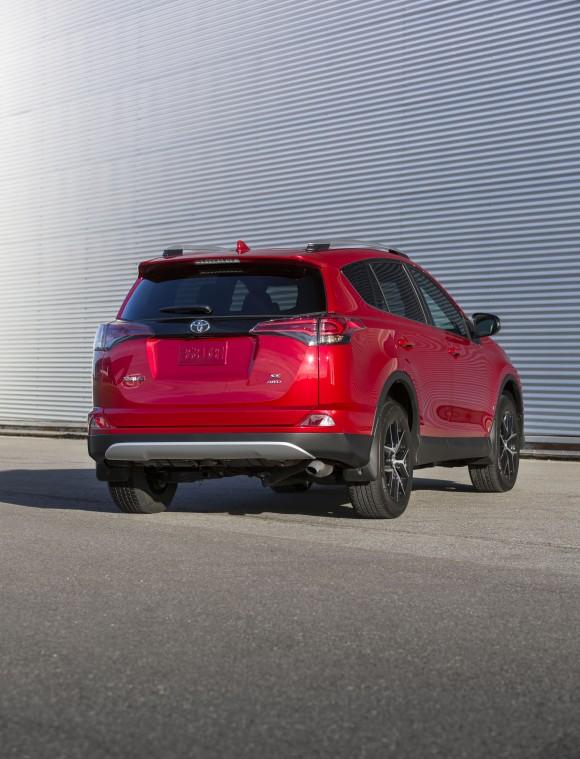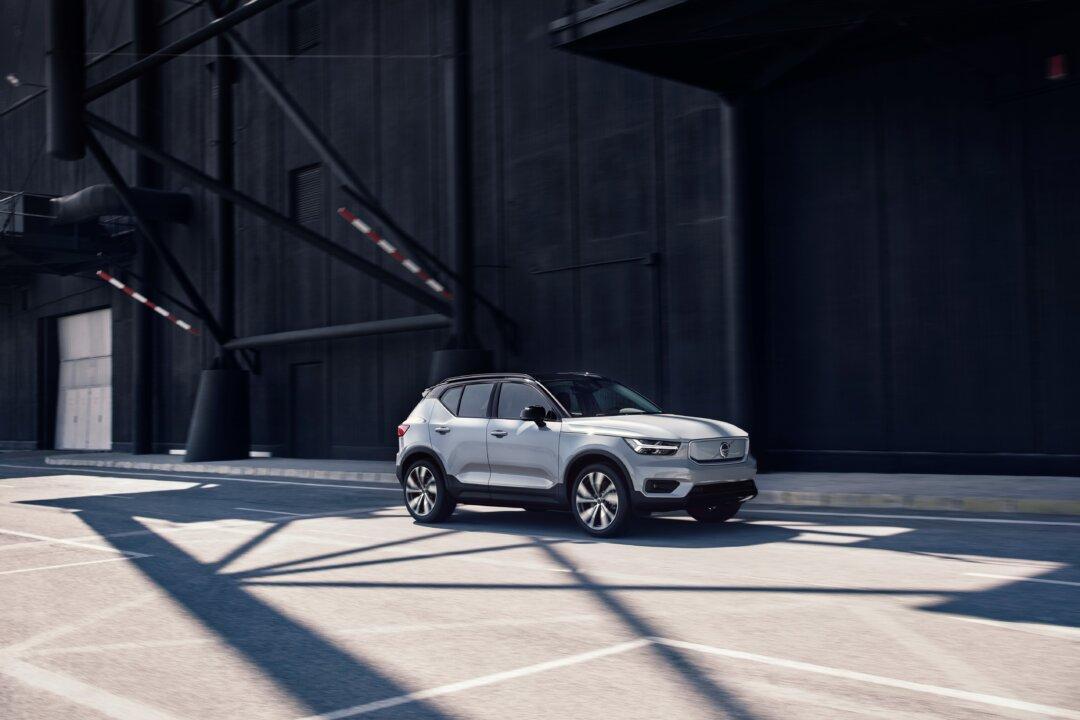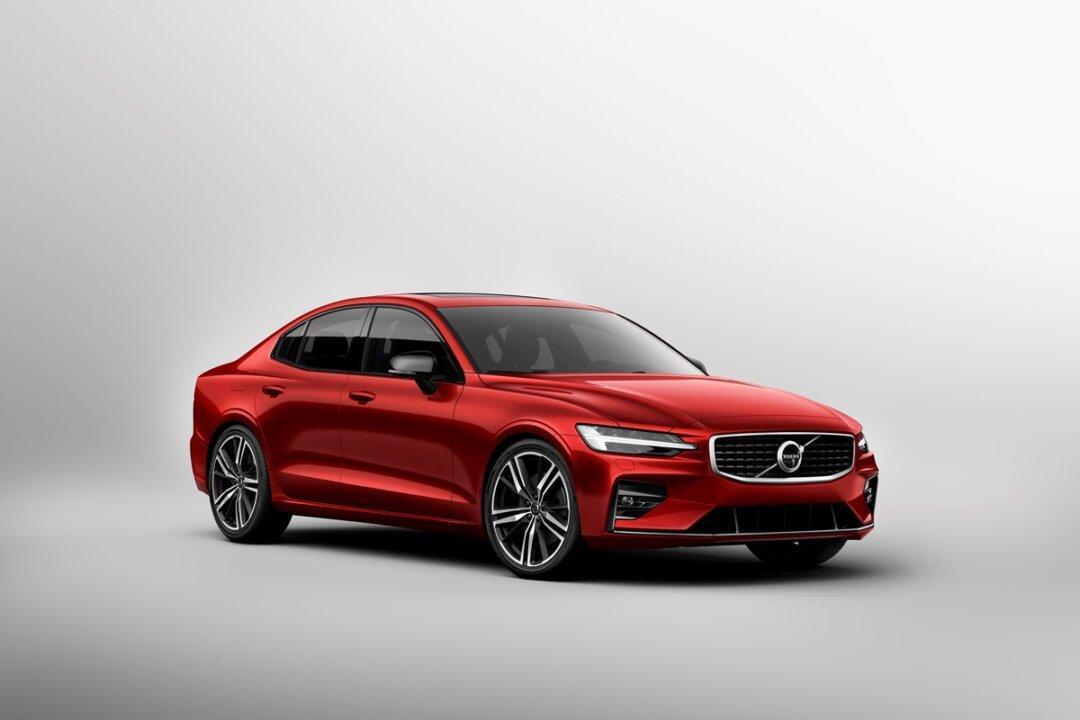Taking advantage of a -2.2 percent downturn in sales of the perennial category leader, the Ford Escape, Toyota’s RAV4 seized the Canadian crown in a convincing manner, moving 49,103 units in calendar year 2016, a 16.2 percent increase over 2015 results. For the first time ever, the Canadian SUV/crossover market depended on compact and subcompact utility vehicles for 55 percent of its volume in 2016.
Kudos to Toyota Canada Inc. for this milestone.

Toyota RAV4 Courtesy of Toyota




